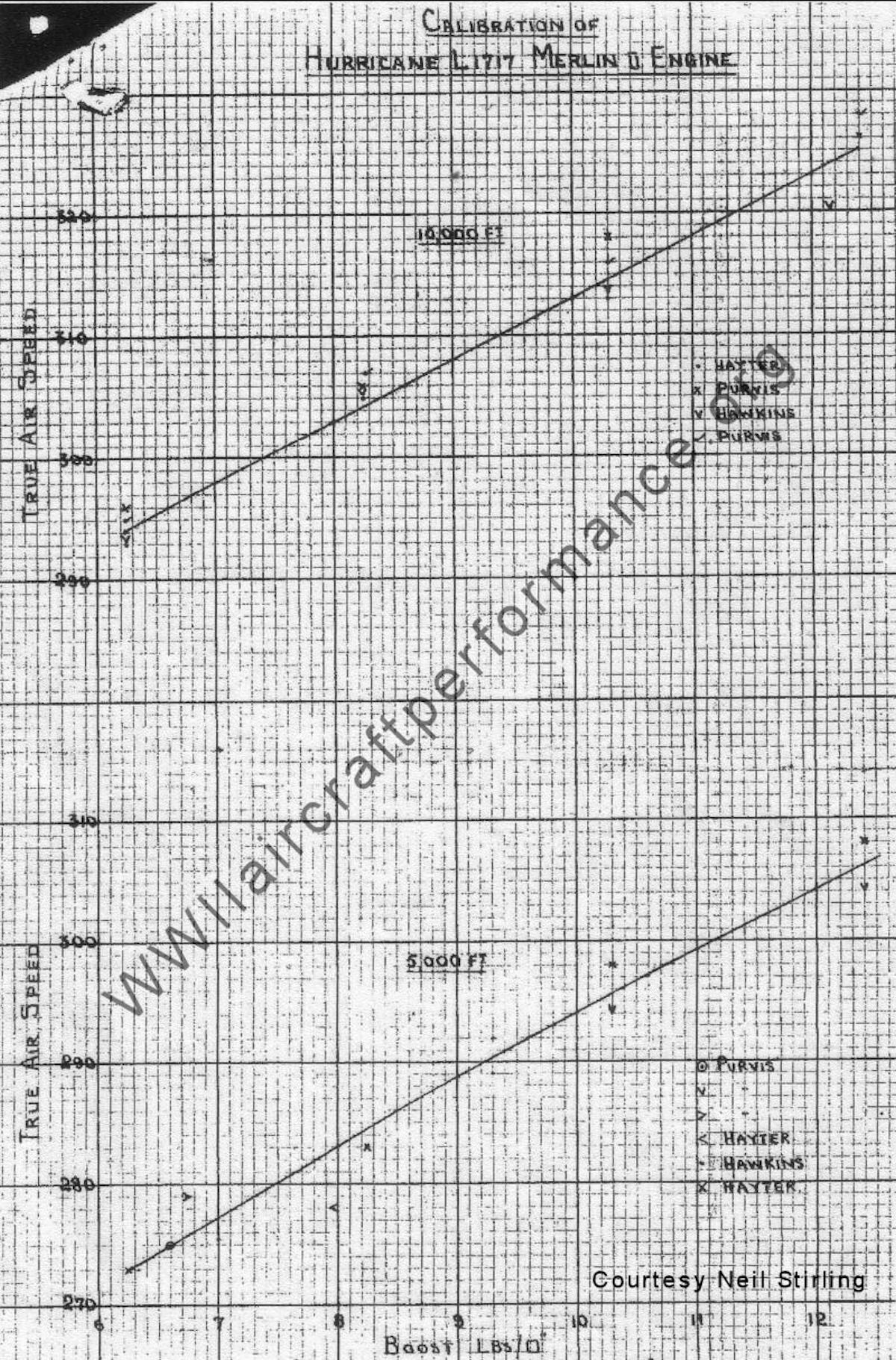
 |
|
|||||||
| FM/DM threads Everything about FM/DM in CoD |
 |
|
|
Thread Tools | Display Modes |
|
|
|
#1
|
||||
|
||||
|
That chart was not used because it does not align. The engine chart you linked already includes RAM effect at Vmax.
That means the FTH should match. Not be close or have the same margin of error, but match if that is the correct engine data. I used the power figures as listed in the flight reports NOT a seperate engine curve that does not match the performance data.
__________________

|
|
#2
|
||||
|
||||
|
__________________

|
|
#3
|
|||
|
|||
|
I know that, I can read. You asked how the engine data align with the speed graph. They align with an consistent altitude difference of about of 2,000 ft.
The altitude difference between the FTH in the charts can be explained by a different level flight speed. E.g. Hurricane I has a FTH of 17,750 ft at 316 mph. Spitfire I has a FTH of 18,600 ft at 364 mph. As we see the 50 mph speed difference results in a drop of 1000 ft for the FTH. There is nothing contradicting in the charts ... |
|
#4
|
||||
|
||||
|
Quote:
Quote:
A speed difference is not going to account for a 2000 ft increase in FTH. How do you explain the fact this chart comes from an investigation of performance with an experimental high altitude engine. The chart exactly matches the one found in: Messerschmitt Me. 109 Handling and Manoeuvrability Tests BY M. B. MORGAN, M.A. and D. E. MORRIS, B.SC. COMMUNICATED BY THE PRINCIPAL DIRECTOR OF SCIENTIFIC RESEARC (AIR) MINISTRY OF SUPPLY __________________________________ Reports and Memoranda No. 2361 September 1940* http://kurfurst.org/Tactical_trials/...ls/Morgan.html
__________________

|
|
#5
|
||||
|
||||
|
Quote:
AFAIK, the Spitfire Mk I was equipped with the Merlin III engine.
__________________

|
|
#6
|
|||
|
|||
|
I have put in a request to the Rolls Royce Heritage Trust part of Rolls Royce to see what they say. The NA don't seem to have anything that would satisfy everybodies requirements. I wouldn't hold your breath as it might take forever but should at least deliver a definitive reply.
|
|
#7
|
||||
|
||||
|
Quote:
Need me to show you.....????
__________________

|
|
#8
|
||||
|
||||
|
__________________

|
|
#9
|
||||
|
||||
|
Quote:
All I said was that you were wrong in your statement that 400kph fixed trim setting was due to the 'good speed for dogfight' reason http://forum.1cpublishing.eu/showpos...&postcount=323 Quote:
Here again: Please don't mix up facts as they suit you to prove your bizzare theories.
__________________
Bobika. Last edited by Robo.; 09-26-2012 at 07:51 AM. |
|
#10
|
|||
|
|||
|
Quote:

|
 |
|
|